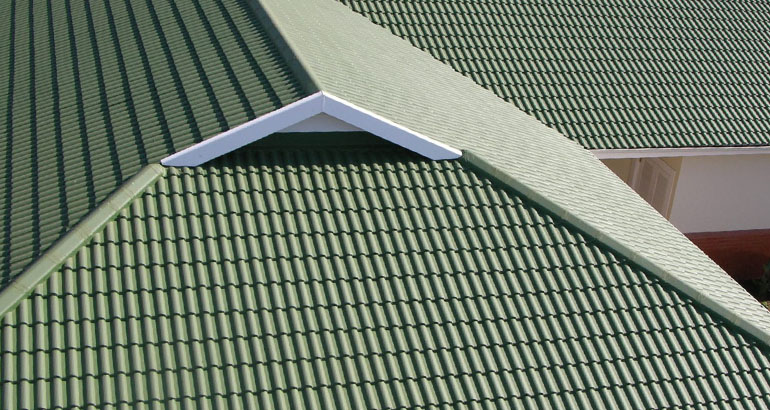Mon to Sat: 09:00 am to 05:00 pm

Mon to Sat: 09:00 am to 05:00 pm

When purchasing a new home, buyers often scrutinize every detail of the interior to assess the property's condition. From the state of the floors to the age of the appliances, thorough inspections are common. However, one critical area that is frequently overlooked is the roof. Given its importance and cost, ensuring the roof's integrity is crucial before finalizing your purchase.
Why Is the Roof So Important?
The roof is vital as it provides essential protection for your home. A compromised roof can lead to significant issues, particularly water damage. Water intrusion can cause mold growth, structural damage, and interior damage to ceilings and walls. Unaddressed, these problems can escalate, requiring costly repairs or even a complete roof replacement. Conducting a thorough roof inspection before purchasing a home can prevent these expensive and inconvenient surprises
How to Check a Roof
You can start by performing a visual inspection from the ground, looking for obvious signs of damage such as missing shingles. However, for a comprehensive assessment, hiring a professional roofer is recommended. A professional will inspect the roof's exterior and interior, providing a detailed report on its condition and any necessary repairs.
1. Overall Roof Condition
Examine the roof for missing, cracked, or curled shingles. Inquire about the roof's installation date to estimate its remaining lifespan.
2. Missing or Broken Shingles
Visible from the ground, missing or damaged shingles should be replaced to prevent water damage. Ensure the sellers address this issue before purchasing.
3. Mold Spots or Stains
Look for mold spots, typically black, green, or white, on the roofing material. Mold can compromise the roof's integrity and pose health risks. If mold is present, be prepared to invest in repairs or a new roof.
4. Blocked Gutters
Ask if the gutters are free of debris. Blocked gutters can cause water to back up and damage the roof. Ensure they are cleaned to prevent future issues.
5. Ventilation System
Proper roof ventilation is essential to prevent mold growth and maintain airflow. Ensure the ventilation system is effective and in good condition.
6. Water Stains
Water stains on ceilings indicate leaks. Be wary of freshly painted ceilings, which may be hiding stains. A roofer can confirm if there are leaks.
7. Gutters
Check the gutters for damage or blockages. Well-maintained gutters are crucial for directing water away from the roof and preventing water damage.
8. Roof Age
The average roof lasts up to 50 years, depending on the materials. Ask about the roof's age and consider potential future replacement costs.
9. Sagging
Sagging ceilings suggest past water damage. Have a roofer inspect for underlying issues such as water damage or mold.
10. Drainage and Seepage Systems
Inspect the drainage pipes and seepage systems on the roof. This inspection is best performed by a professional to ensure safety and accuracy.
By conducting a thorough roof inspection and addressing any potential issues before purchasing, you can avoid unexpected expenses and ensure your new home provides the protection you need. At Ecoplastile Limited, we manufacture elegant and stylish roofs designed to withstand the elements and keep your home safe and secure.
Leave a comment